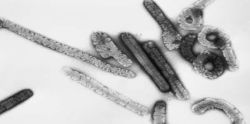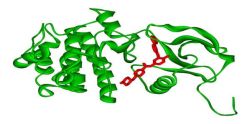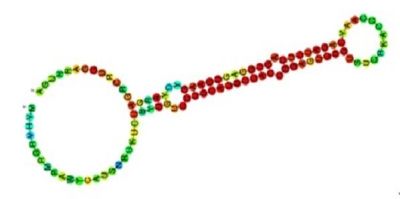Researchers at the University of North Carolina School of Medicine (UNC) have created the first mouse model of ovarian clear cell carcinoma and show how a known drug can repress tumour growth. The research has been published in the journal Nature Communications.
The team of UNC genetics led by Terry Magnuson, PhD, the Sarah Graham Kenan Professor and chair of the department of genetics, have discovered how two genes interact to trigger cancer and spur on its development.
“It’s an extremely aggressive model of the disease, which is how this form of ovarian cancer presents in women,” said Magnuson, who is also a member of the UNC Lineberger Comprehensive Cancer Center.
The mouse model is based on genetic mutations found in human cancer samples. Two genes - ARID1A and PIK3CA - were unknown to cause cancer but during this research it was found that when ARID1A is less active than normal and PIK3CA is overactive, the result is ovarian clear cell carcinoma.
The research findings also show that a drug called BKM120 suppresses PI3 kinases and directly inhibited tumour growth and prolonged the lives of mice. The drug is being tested in human clinical trials to evaluate its effectiveness in other forms of cancer.
According to Ron Chandler, PhD, a postdoctoral fellow in Magnuson’s lab, the mice needed an additional mutation in the PIK3CA gene. This acted like a catalyst of a cellular pathway that is important for cell growth.
This research shows that mutations of ARID1A and PIK3CA can be found in various cancers including endometrial and gastric cancers. These genes thus appear to be very important for tumourigenesis.
The research team also found that the mutation of these two genes led to the overproduction of Interleukin-6 (IL-6), a cytokine crucial for cell signalling that triggers inflammation. Chandler believes that inflammation is important for tumour cell growth. Magnuson also points out that IL-6 contributes to ovarian clear cell carcinoma and treating cells with an IL-6 antibody suppresses cell growth.
The researchers believe that these findings could open the door to better screening tools. At the moment, there is really no effective way of screening women for ovarian cancer and that is why by the time they find out they have it, it is generally too late. If screening tools could be improved, patients could be treated more effectively.
Source: University of North Carolina School of Medicine
Image Credit: Ron Chandler, PhD, UNC School of Medicine























